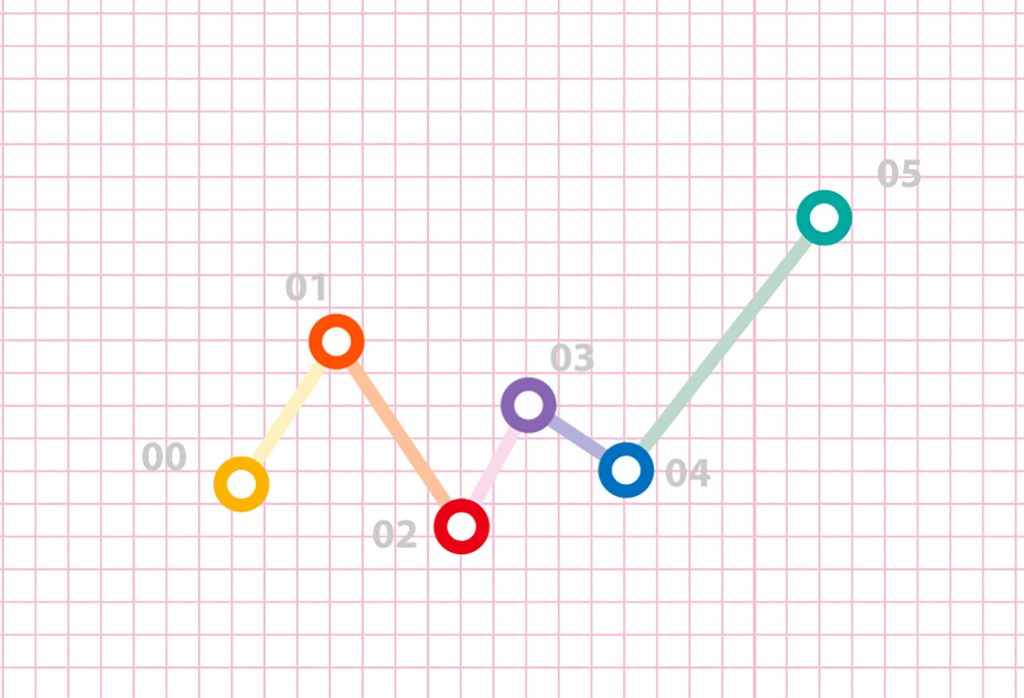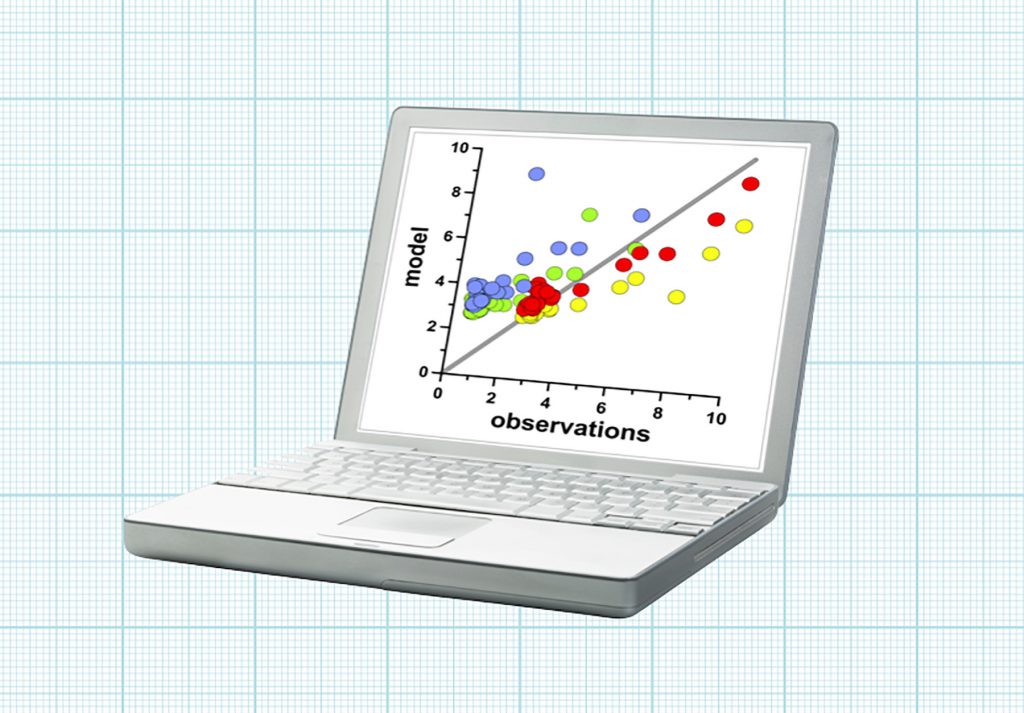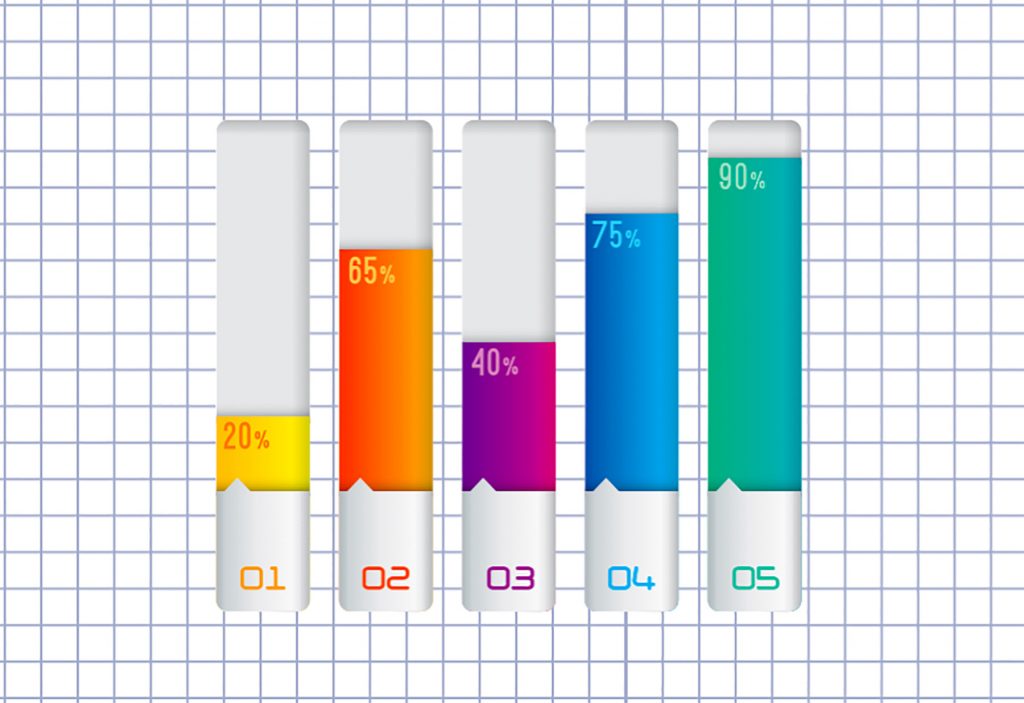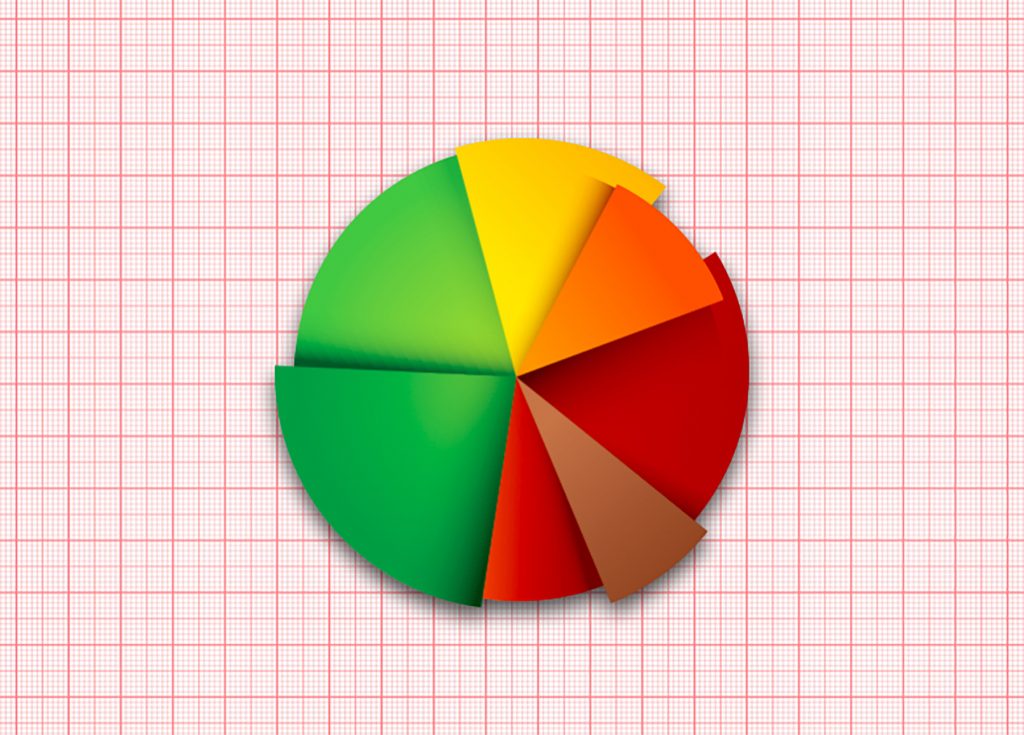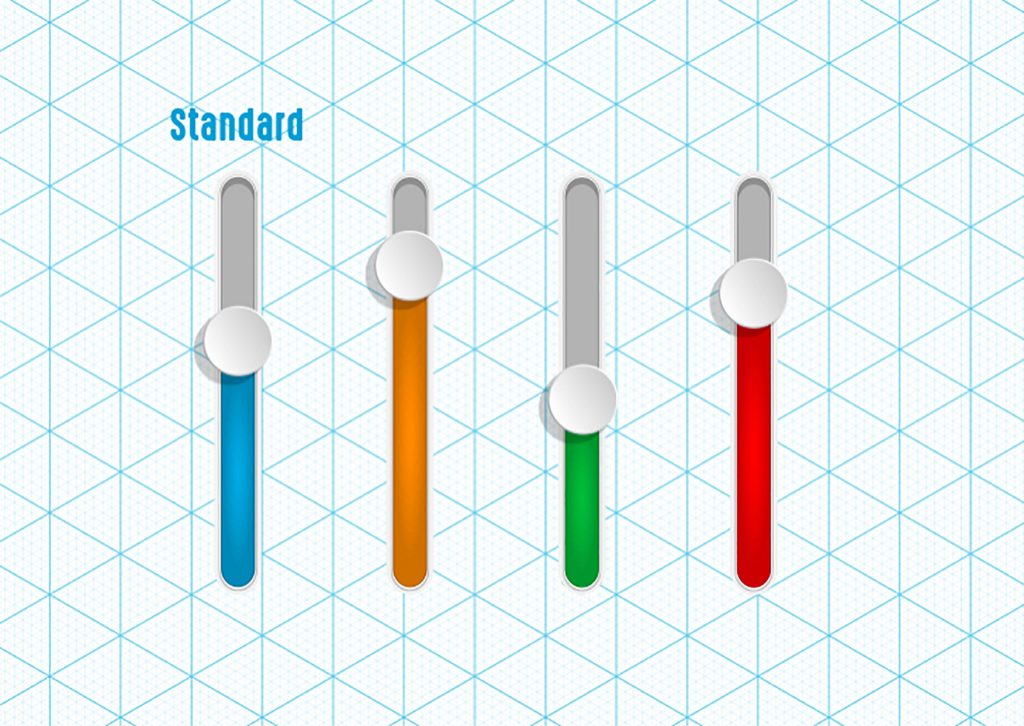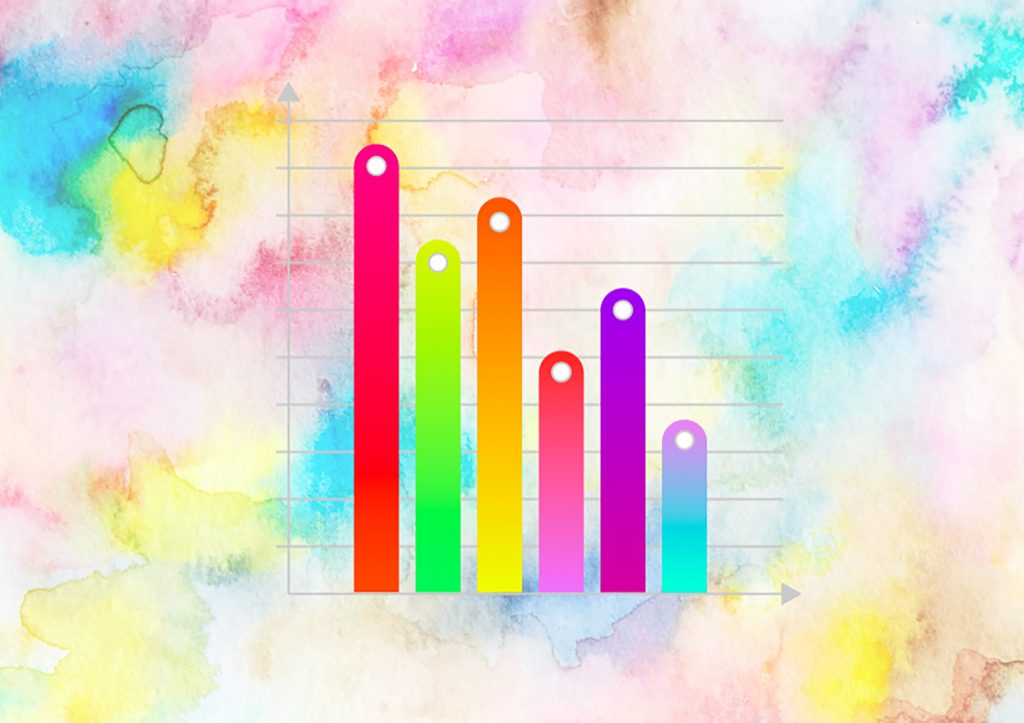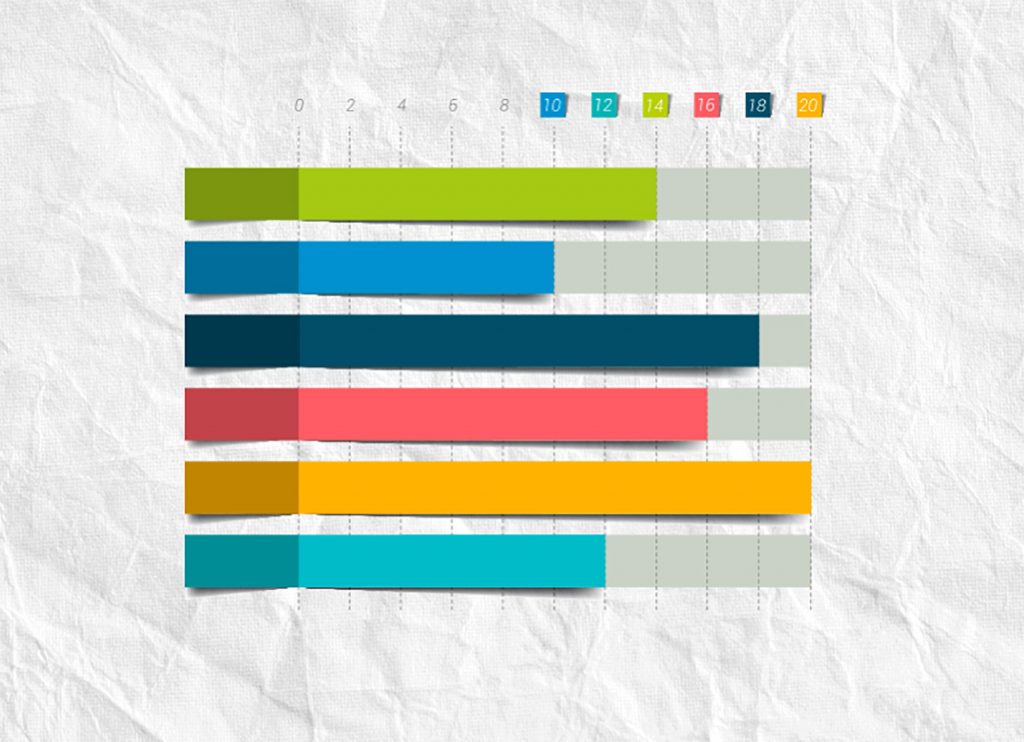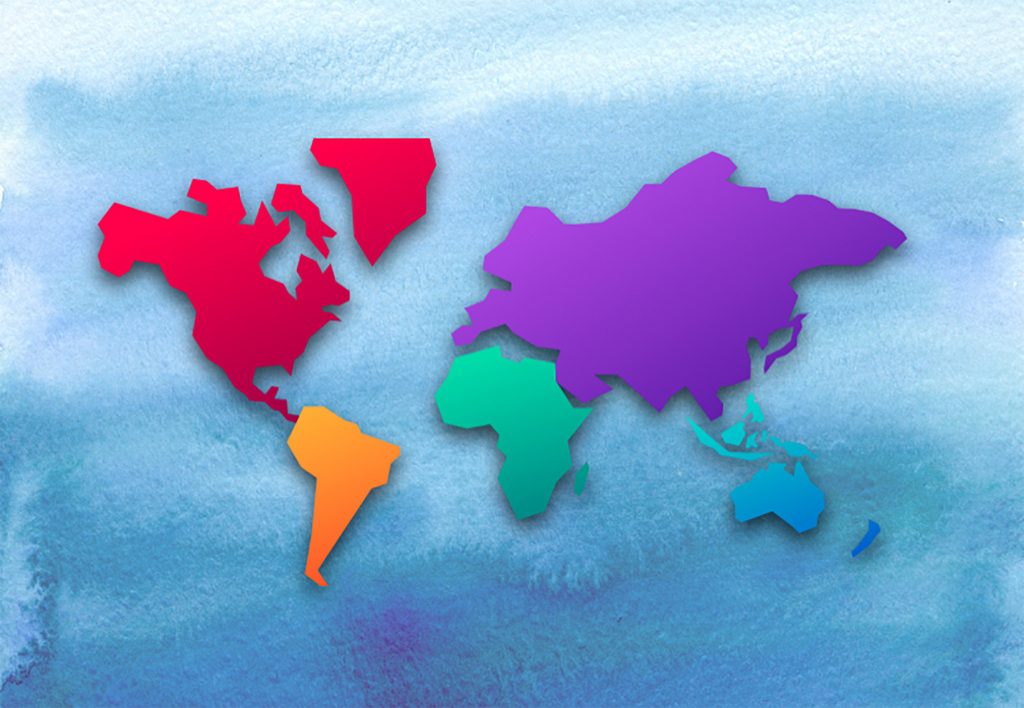
Human Population Raising Carrying Capacity


Human Population Objectives:
- Explain how we (humans) have raised our carrying capacity and describe how this relates to trends in life expectancy, infant mortality, fertility rate, and overall growth.
- Match different forms of data visualization with the information that is being conveyed.

Earlier in the term, we worked with this population size chart.
What if a species could dramatically raise its own carrying capacity? What would happen to the size of that population?
We are living this experiment right now.
This video provides as overview of the current state, and future predictions, related to our population size. Make note of the trends in life expectancy, infant mortality, fertility rate, and growth.

We have raised our own species’ carrying capacity significantly over the past 150 years.

Green Revolution

Modern Medicine

Along with agricultural and medical advances, other key research and engineering advances have included portable sanitation, community water treatment, and education. Services vary significantly worldwide.

This population growth figure shows four different stages. In the first stage, annual birth rate and death rate are high and similar, so the population is a constant size. In the second stage, something drops the death rate like more food or better medicine. Since the annual birth rate now exceeds death rate, the population size is increasing. In the third stage, birth rate is declining. In humans this happens when more infants survive and families start having fewer children. The population is still increasing because birth rate still exceeds death rate. In the fourth stage, birth rate and death rate are the same again and the population stays a constant size.
Countries with more people at younger ages will grow in size in the future as these individuals enter their reproductive years. So there will be a large population increase in Nigeria, but not the United States. These population pyramids are important in planning what resources will be needed in the future and whether there will be enough young people in the workforce.

Data Visualizations
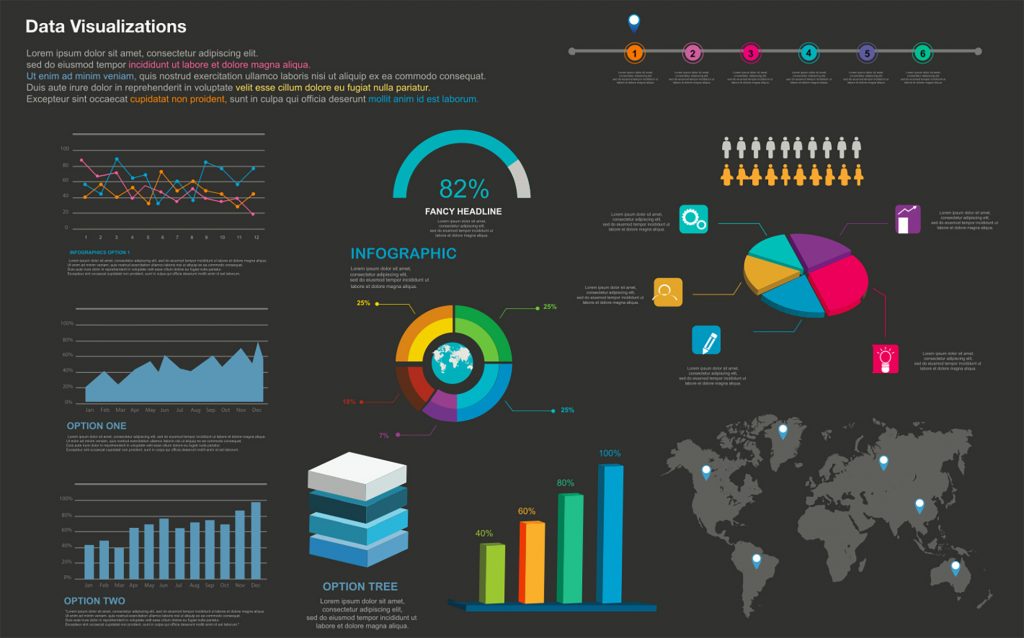
Data visualization is the use of graphs, plots, infographics, and other figures to visually represent data.
You will be creating your own data visualization as one of this week’s media pieces.
Data visualization starts with a choice: selecting the correct format to represent the data accurately.
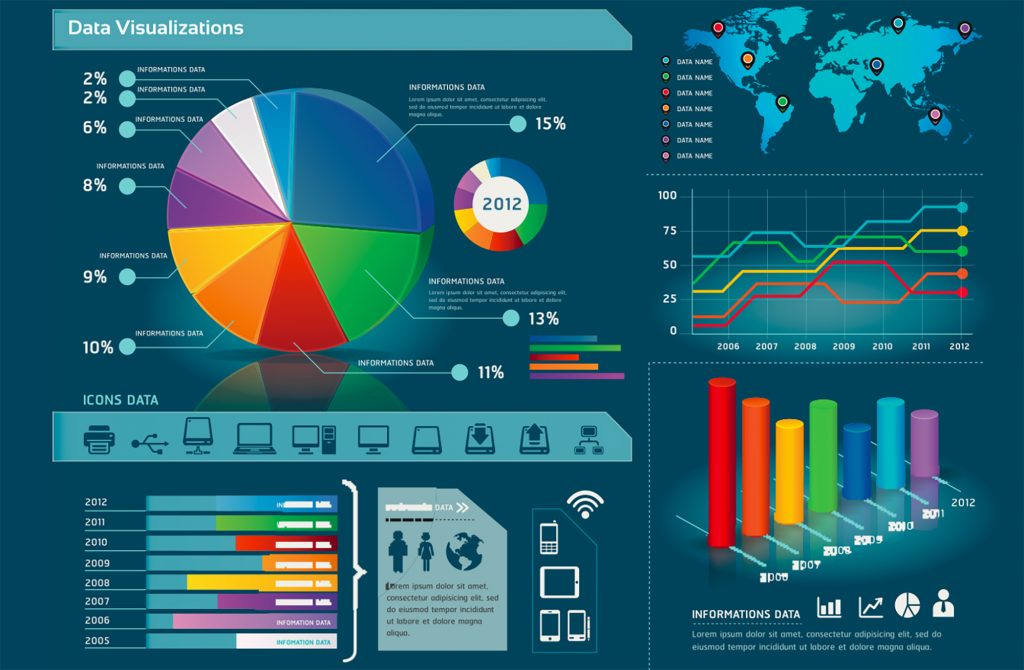
Advance through this slider to review eight common forms of data visualization, and what they represent.
Hover over the images to pause the scroll
Once you have selected a type of figure that accurately represents the data, it is time to add information to make sure the figure is clear and easy to read.
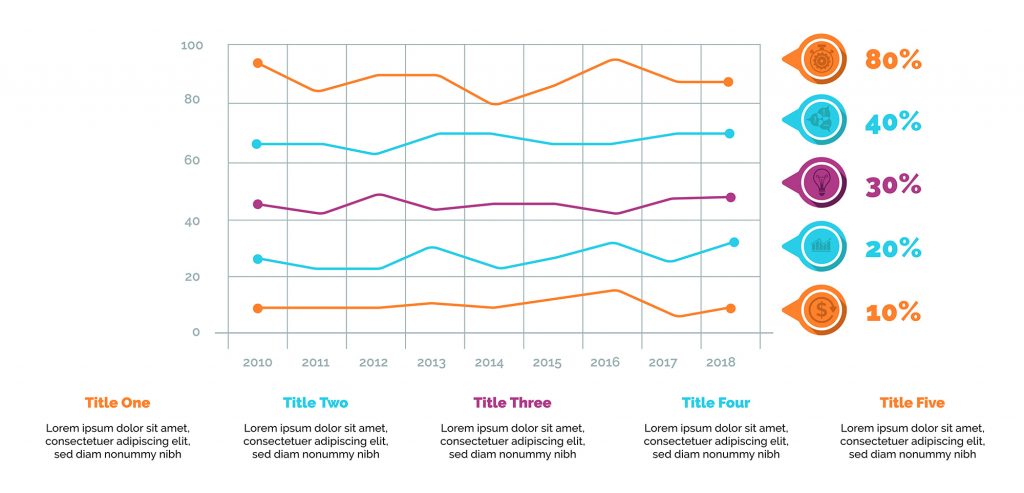
Labels provide critical information on what is included in a figure.
This typically includes a title, labeled axes, and a key of any lines, bars, dots, or other data represented in the chart in which the meaning is not obvious.
Line, colors, textures, and patterns can distinguish between different forms of data.
It is important to minimize information that may distract from the data or lead to misconceptions.
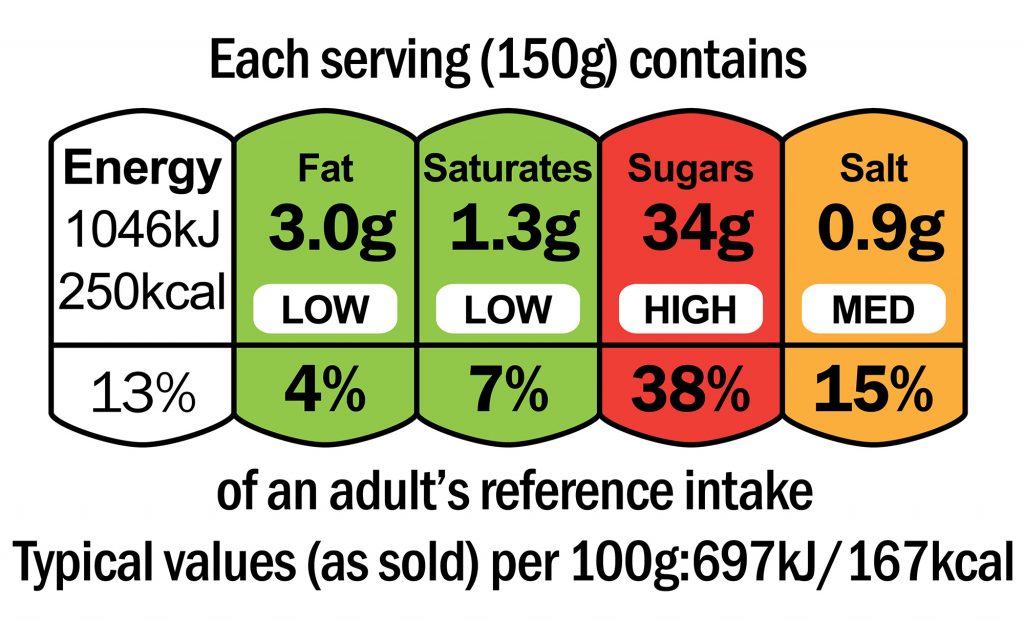
Now, the data visualization needs to be engaging: capturing and holding the viewer’s attention so they will read and think about the figure.
This video presents the idea of making data visualizations engaging to a reader.
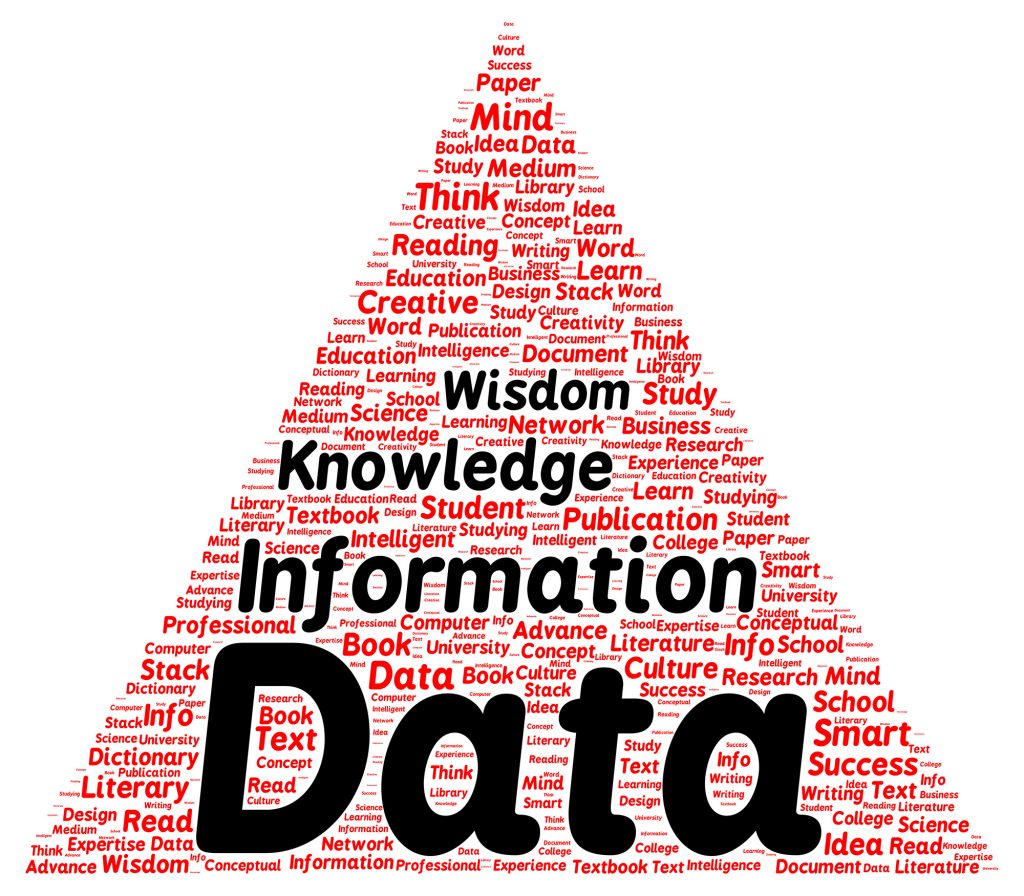
People will not look for information within data, or convert that information into knowledge and usable wisdom, unless the data is presented in an accurate, clear, and compelling manner.
One of your media pieces this week is to make your own data visualization. This would be the perfect time to complete this assignment.
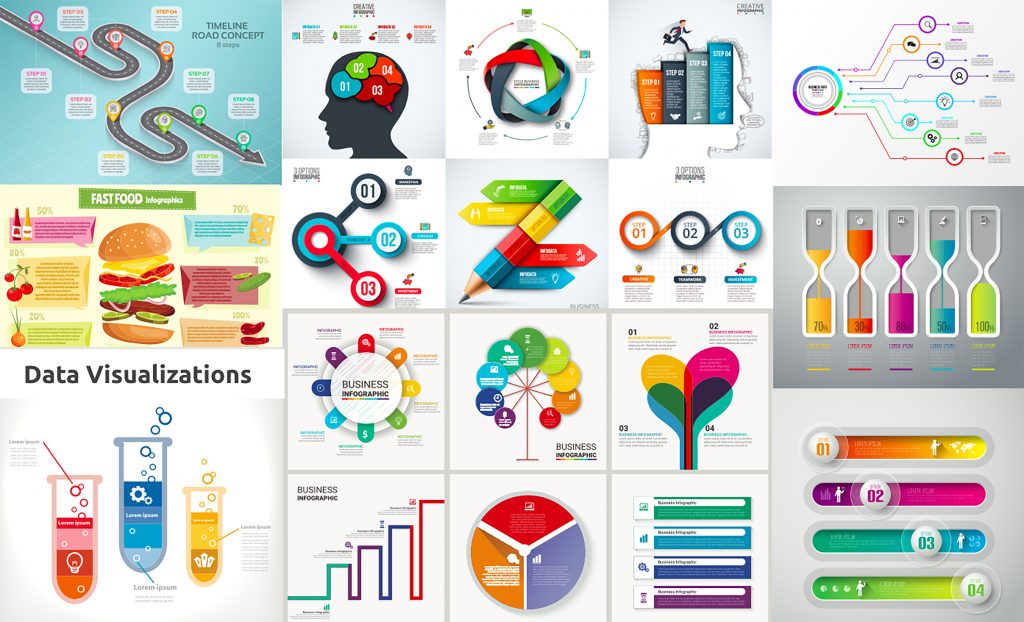
The next section introduces interactions between humans and the environment.

Check your knowledge. Can you:
- Explain how we (humans) have raised our carrying capacity and describe how this relates to trends in life expectancy, infant mortality, fertility rate, and overall growth?
- Match different forms of data visualization with the information that is being conveyed?
